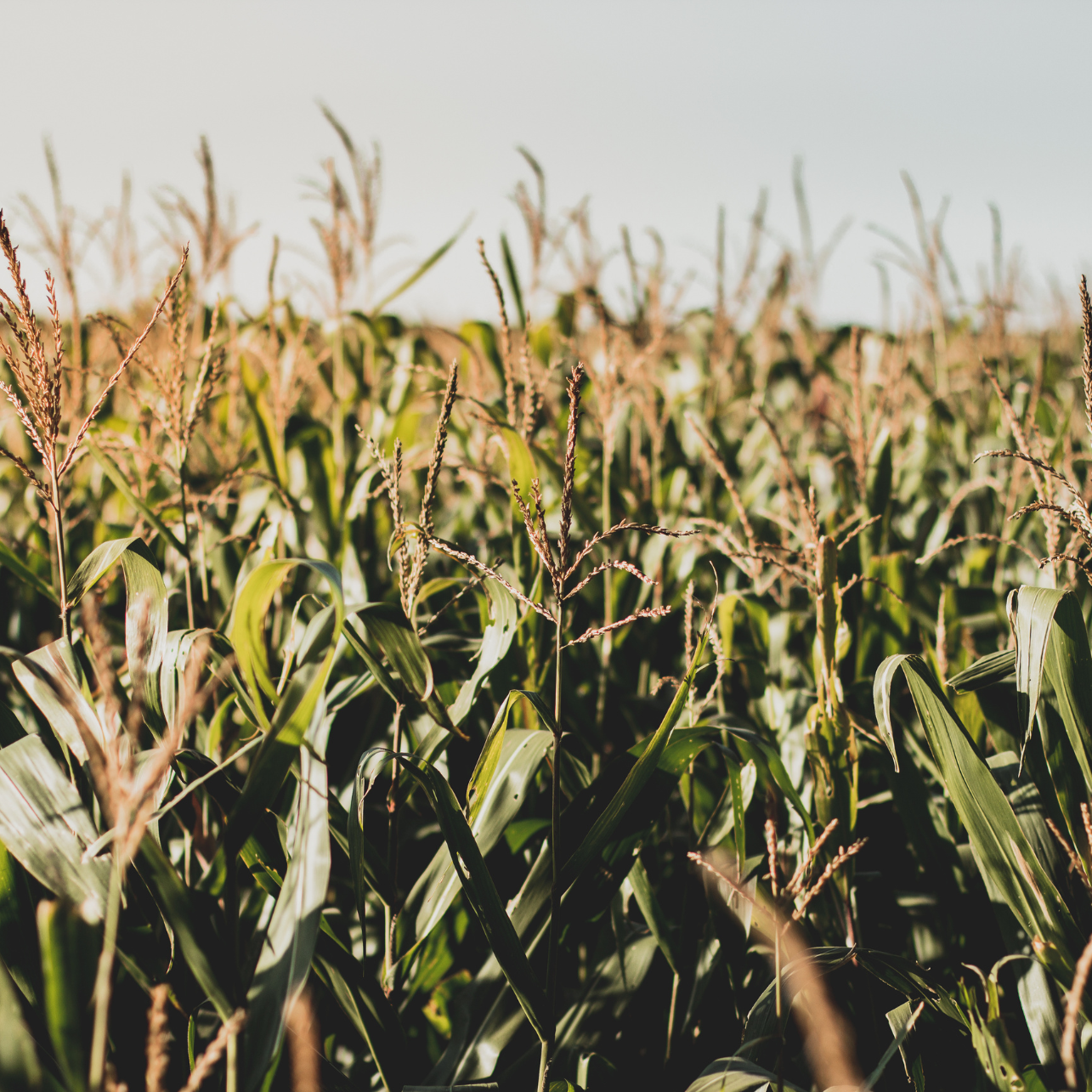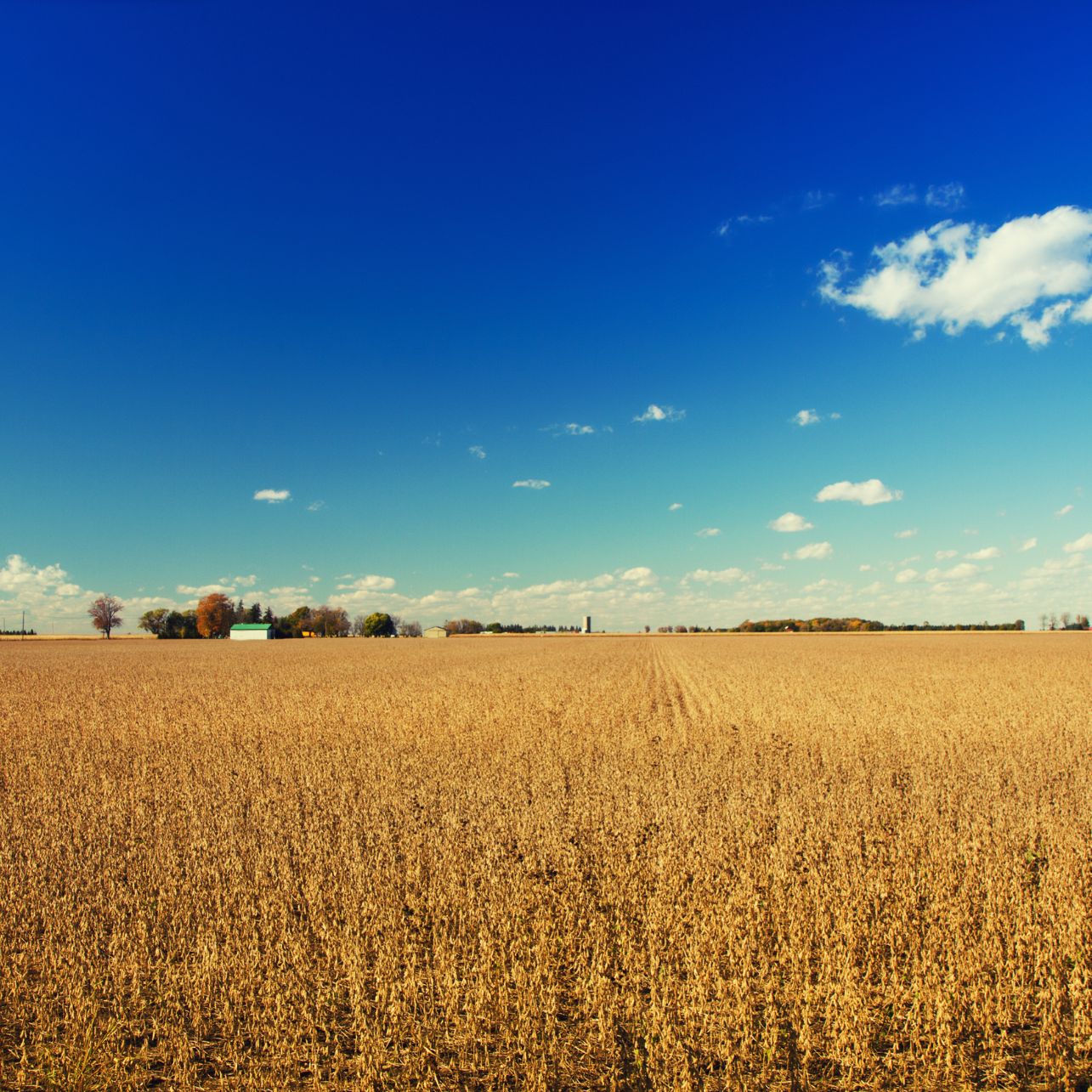As fall approaches, frost is typically a concern for corn and soybean growers in Ontario. However, with the forecast suggesting a warm season, frost may not be on farmers’ minds just yet. Despite this, early or unexpected frosts can still affect yield and quality, and with proactive management and timely actions, potential damage can be minimized.
Will Frost Hurt Your Crops?
Frost can damage crops, but the extent of that damage depends on the crop’s growth stage, the frost’s intensity, and its duration.
- Soybeans: Soybeans are most vulnerable to frost during the reproductive stage (R5 to R8). A light frost may kill leaves but leave pods and seeds intact. A hard frost, however, can damage stems, pods, and seeds, leading to reduced yields.
- Corn: Corn is more tolerant to frost when it has reached physiological maturity (black layer formation). At this stage, frost damage mainly affects moisture content, which can delay harvest. However, frost before black layer can halt grain fill, resulting in lightweight kernels and reduced yield.
Can Crops Recover from Frost?
Recovery depends on the timing and severity of the frost:
- Corn: If frost occurs before black layer formation, plants may stop grain fill prematurely. If the frost is light, the top leaves may be damaged, but lower leaves can continue photosynthesis, aiding in some recovery. Corn that is close to maturity may dry down more quickly.
- Soybeans: A light frost may cause leaf damage, but if stems remain green, the crop can still mature. However, a hard frost can terminate seed development, leaving green, shriveled beans that won’t mature further.
How to Mitigate Frost Damage
Preventative steps are crucial to reducing the risk of frost damage:
- Monitor Weather Closely: Be aware of frost warnings and the forecast for your region, especially in late September and early October. This allows you to make timely decisions.
- Early Planting and Maturity Selection: Early planting of varieties with appropriate maturity ratings ensures that both corn and soybeans can reach physiological maturity before the first frost.
- Foliar Applications: Consider foliar applications that promote plant health and resilience, especially if you’re trialing new products. These can potentially improve frost tolerance.
- Harvest Timing Adjustments: If frost is imminent, consider harvesting earlier if your crops are close to maturity to avoid greater losses.
How to Scout for Frost Damage
It’s essential to assess frost damage early so you can make informed harvest decisions. Here’s how to evaluate your crops:
- Corn: Scout fields the morning after a frost. Check for damage to the leaves, especially the upper canopy, which is usually most affected. Inspect stalks for any signs of weakness or disease, as frost-damaged stalks are prone to lodging.
- Soybeans: Look at the leaves, stems, and pods. If the leaves are blackened but the pods and seeds are still green and healthy, the crop can likely continue maturing. However, if pods are blackened or damaged, harvest decisions will need to be made sooner.
Harvesting Frost-Damaged Crops
Harvesting frost-damaged crops presents unique challenges:
- Corn: Frost-damaged corn tends to have higher moisture content, especially if harvested before full maturity. You may need to adjust your drying strategy, as drying frost-damaged grain can take longer. Monitor stalk integrity carefully, as weakened stalks increase the risk of lodging and harvest losses.
- Soybeans: Frost-damaged soybeans may contain green seeds, which can lower market grade and price. It’s essential to monitor seed moisture carefully and aim to harvest as soon as possible to prevent further deterioration. Consider separating green and mature seeds during cleaning to improve grain quality.
Final Thoughts
While frost is an inevitable challenge for farmers in Ontario, there are ways to mitigate its impact on corn and soybeans. By monitoring crops closely, making timely management decisions, and adjusting harvest strategies, you can minimize yield losses and maintain crop quality. As you prepare for frost this fall, stay proactive in scouting and consider early harvesting for vulnerable fields.
A well-timed harvest and strategic management will be key to turning a potentially damaging frost into just another factor in your overall yield success.




